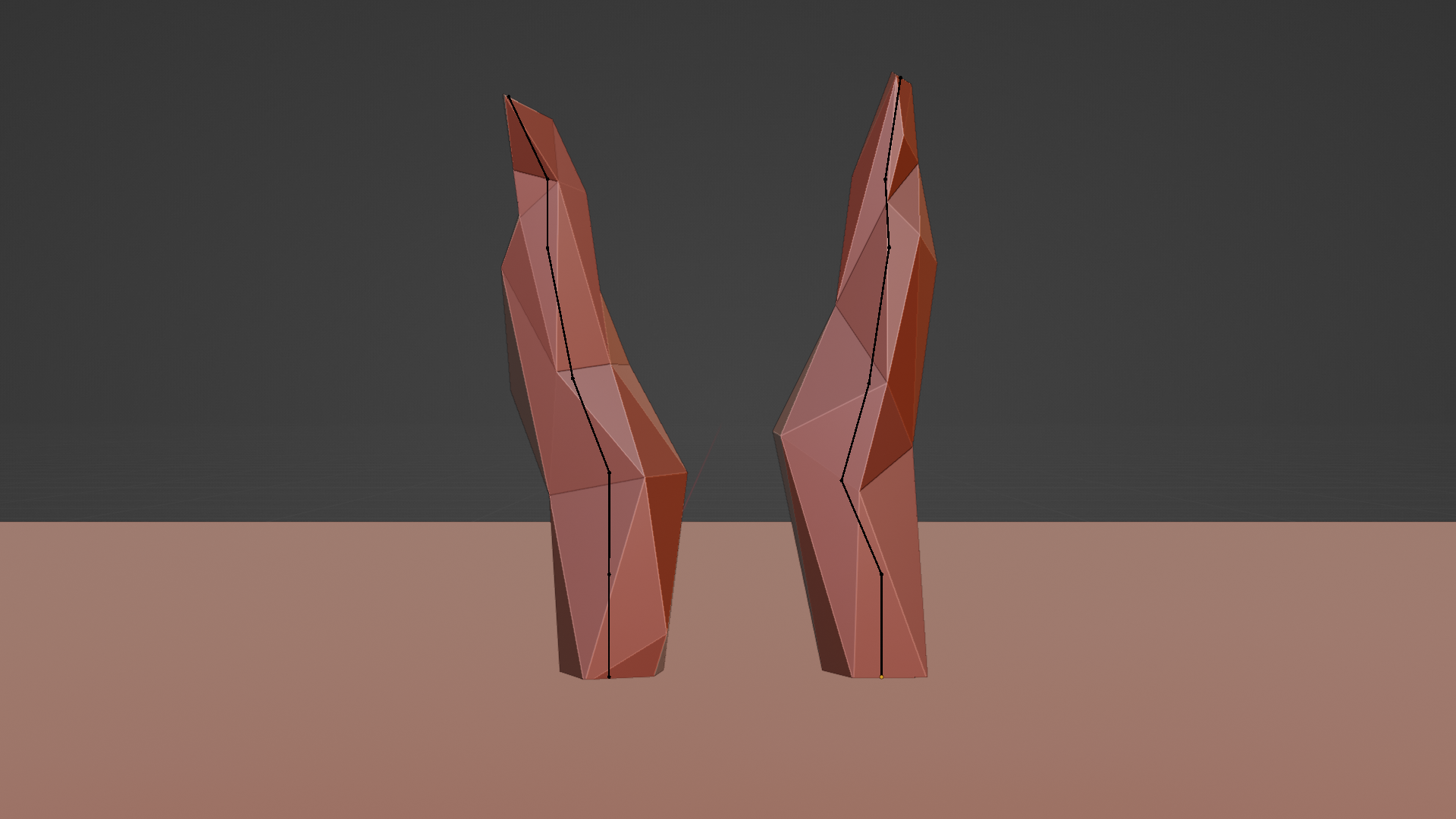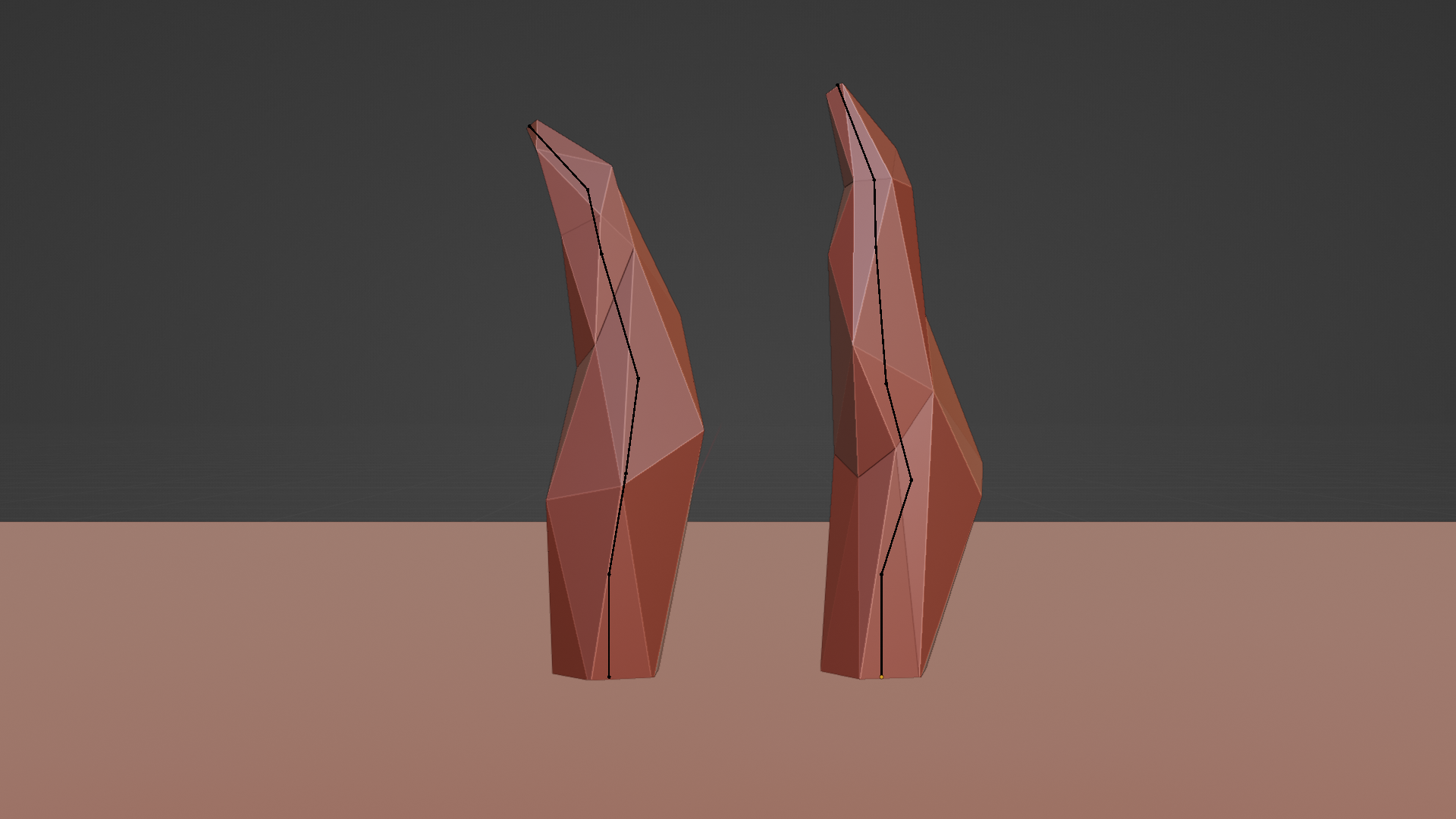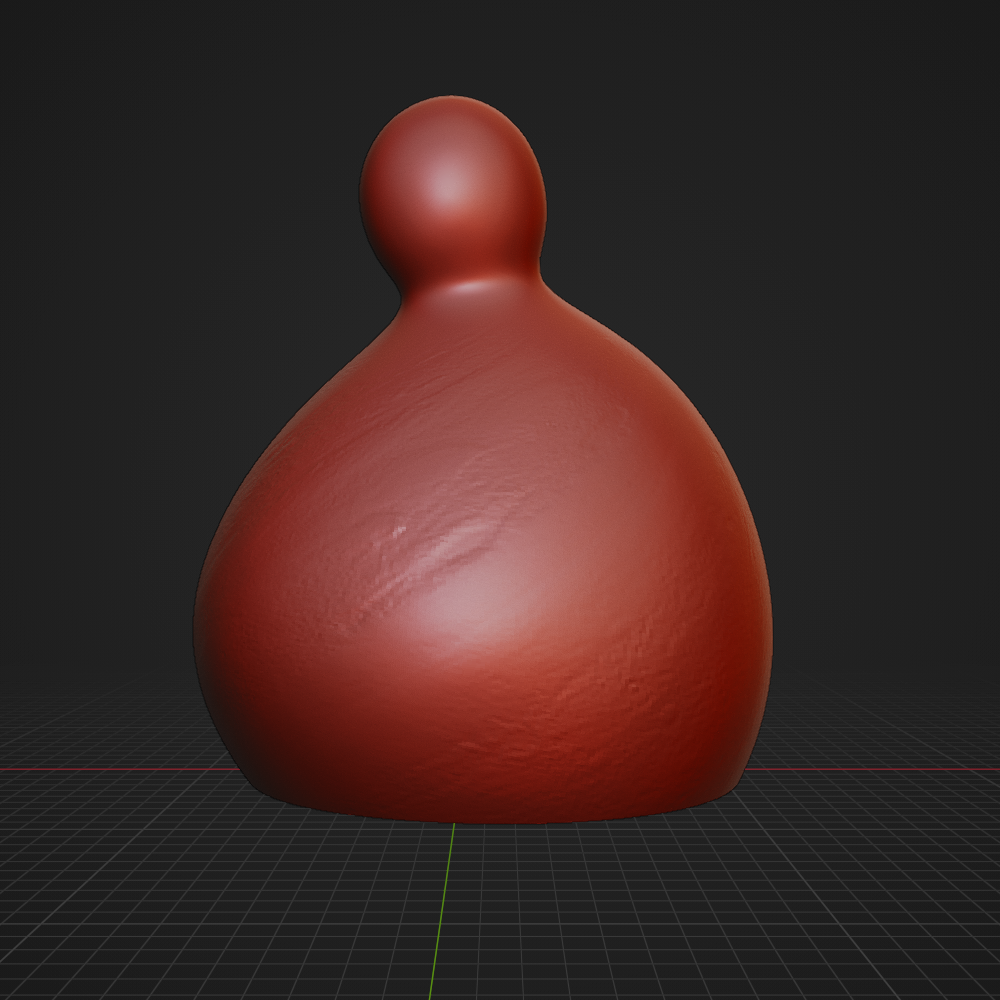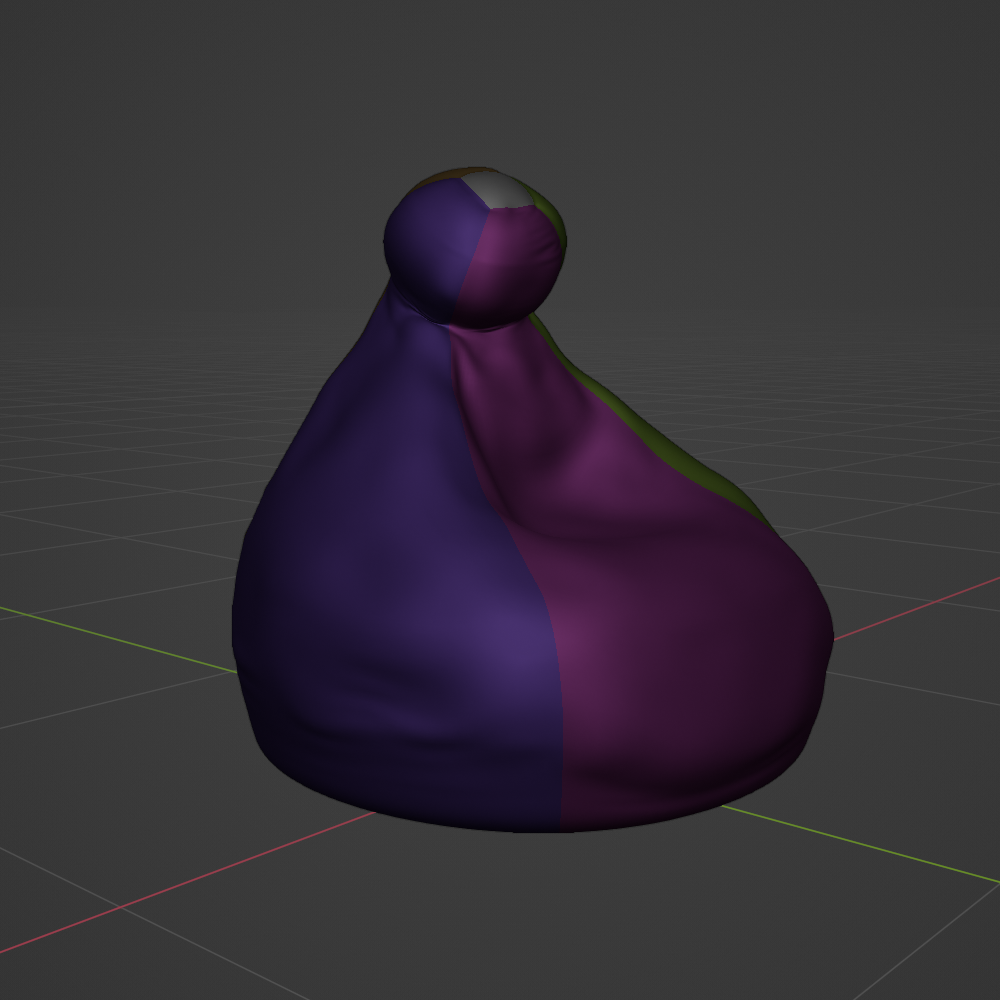It all begins by eating
playing in the sea of gastronomy.
Inspired by the domestic gastronomic scene, as a sediment of culture, gastronomic traditions and territory, Design by Food is a research project that aims to investigate and question the artifacts and processes related to the food transformation.
Design by Food aims to create individual objects through digital manufacturing techniques, overcoming the classic industrial paradigm and transforming each individual object into a unique piece.
To achieve this goal it was necessary to have a design approach that allowed to define the formal and technical aspects of the individual objects in a parametric and non-destructive way.
A very important aspect in the realization of this project is covered by the type of design tool.
We needed a modelling software that would allow the management of complex organic shapes in a simple way, at the same time a technical tool with which to produce executive files for digital fabrication.
Among the various possibilities we thought that Blender was the most suitable and flexible tool due to its agility, its powerful parametric non-destructive modelling tools, its easy accessibility and its immense ecosystem of add-ons and its rich and generous community.
Geometry Nodes Setup
The creative power of the unexpected
Like all designers, the hand drawings, the sketches represent the first step towards the creation of an object.
Over time we realized that, certainly also thanks to the mastery and knowledge of the software, the hand sketch was soon abandoned, transforming the Blender software into a real extension of creative thinking.
Blender has become a kind of playfellow with whom, by interacting, there are generated forms and ideas certainly unthinkable with traditional methods.
In other words the tool is a part of the creative process,
Mesh-Up of unconventional techniques
Modifier Stack
This object is inspired by a typical pepper from the Basilicata Region which is called “Peperone Crusco”.
Blender is a multipurpose software mainly addressed for the creation of CG contents. The standard techniques as well as workflow currently used for the CG industry has for us a powerful potential for product design applications.
For instance the use of rigging, with few steps, allows the creation of endless geometric variations. In the modifier stack you can see how we mixed modifier like Armature, Displace, Decimate and so on, to create, starting from a basic low-poly shape, variations of the same object.
An other example of geometric variations is the project “Caciocavallo Desk Lamp”. This one is inspired by a typical chees spread in different flavour over many italian regions. In this case we used a basic mesh with a good number of faces (combined with a couple of Subdivision Surface modifier and a Displacement modifier) due to achieve a good level of details of the outer surface during the 3D printing process. The Displacement modifier allows to influence the thickness of the outer shell so that the light going through reveals the applied texture. The main geometry is driven with a couple of Simple Deform modifier in order to influence the whole geometry so that every STL file is a unique piece.
Beyond the digital fabrication
We never believe that form follow function, at least not always! So sometimes, during the creative process you just see in the same geometrical shape other possible use. The “Caciocavallo” project spread its influence on other objects.
One of them is the “Caciocavallo Sacco Seat”. The seat was modelled from the basic “Caciocavallo Lamp” geometry taking advantage of the powerful sculpting techniques that Blender offers.
In this case the challenge was not only to adapt the shape to the new use, but also how to deliver directly from Blender the files needed for the production.
Fabric Templates of the seat
For the production of this type of seat the main issue is to deliver the fabric templates for cutting and subsequent sewing. The easiest way to do that was to save the UV Layouts as SVG files.
However this process is still a little bit rough and unprecise (even the proportions of the geometry are correct tha scale factor is unknown). We needed to save the UV Layouts as vector files taking into account the different elasticity factors of the fabrics and the scale of the object.
To achieve this goal we developed with the help of Fabrizio Lorito a Python Script that allows with few steps to offset the outer contour of the fabric templates according to the elasticity factor and put it into the correct scale factor.
This is not yet a complete Blender integrated add-on, it will may be in the future.
Creativity never stops
Since creative processes often push us towards unexplored areas where play and work meet, Design By Food has recently been enriched with a very interesting spin-off.
Playing around with the models into Blender we started, together with Fabrizio Lorito, a small Spin-off project that aims to reinterpret some famous paintings by replacing the main subjects with the "Caciocavallo".
This side project will be used to create the contents of advertising campaigns for the sale and promotion of objects inspired by Caciocavallo.
























































